How much watermelon can a diabetic eat?
Compared with most other fruits such as apples, peaches and oranges, watermelon has a high glycemic index (GI), which is not conducive to blood sugar control. Apple's GI is 46, peach's GI is 27, orange's GI is 37, and watermelon's GI is 72, significantly higher than a large cut, belonging to the high GI food, so diabetic patients can only eat less, such as 150 grams per day (not counting the weight of watermelon rinds), and can not eat other fruits.
In addition to not eating too much and not eating at random, it is also important for diabetics to eat watermelon between meals, or 2 hours after dinner, and not with the main meal. If possible, eat watermelon before the meal to reduce some of the main food.
Whether diabetes can eat watermelon and how much watermelon to eat also depends on blood sugar control. Diabetic patients should use a blood glucose meter to test their blood sugar, if the blood sugar control is good, or after eating watermelon to monitor the blood sugar did not rise abnormally, then you can eat a little more, otherwise you have to eat less or not eat.
If a diabetic is not aware of his/her blood glucose status and is not taking his/her medication or monitoring his/her blood glucose level, then it is recommended to choose other fruits instead of watermelon or to strictly control the amount of watermelon eaten to no more than 150 grams/day.
In addition to watermelon, bananas, dates and pineapple are also high GI foods that diabetics are advised to eat sparingly or not unless they monitor their blood sugar levels with a glucose meter.
Of course, diabetic patients with good blood sugar control, not only depends on the watermelon or fruit, but also depends on staple foods, vegetables, and a variety of foods such as fish, meat, eggs and milk, exercise and medication have a greater impact on blood sugar. Therefore, to control blood sugar must take comprehensive measures, focusing on small, focusing on the effect, and shall not only focus on fruit, and can not only pay attention to watermelon intake, otherwise it is really "lose the watermelon to pick up sesame".
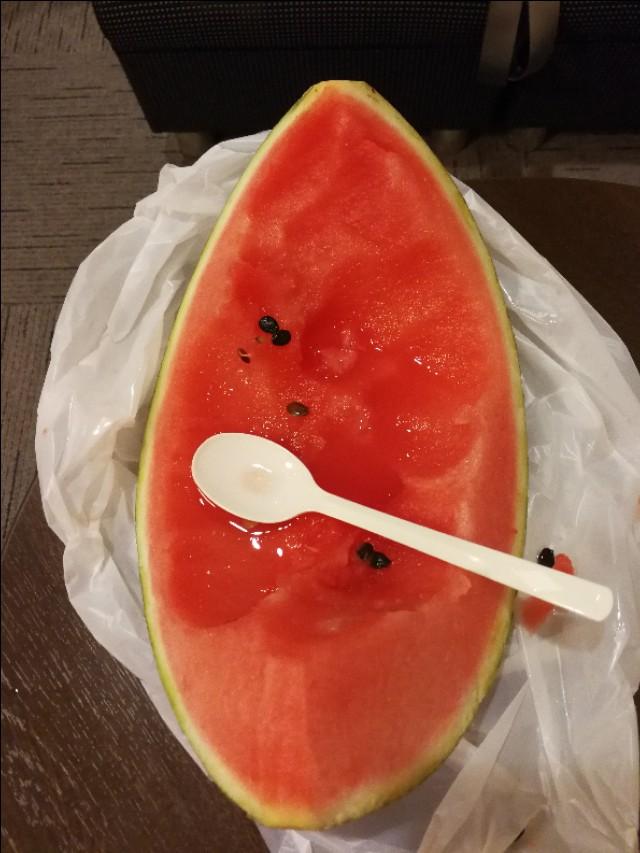
Summer is coming, don't eat watermelon too much
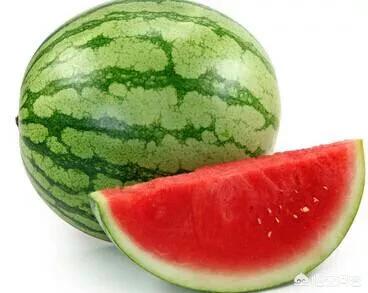
Hot summer has come, watermelon is one of my favorite fruits, water and sweet, which eat up but really not enough, the more you eat, the more you love to eat, the smaller the kind of mine melon, I can eat a person once a small half. Fortunately I am not a diabetic, for those of you who already have diabetes, remember, although watermelon is delicious, but do not be greedy Oh ~ ~
Diabetic patients should eat watermelon to control the intake of small meals
My mother is a type 2 diabetic, for her, she can eat watermelon, but must control the amount, and control the time of consumption. Numerous experimental studies have proved that watermelon has no significant effect on insulin beta cell function. However, watermelon contains about 5% or more sugar, and most of the sugar in watermelon is fructose. Diabetics eat too much watermelon in a short period of time, will make the blood sugar will rise rapidly, therefore, diabetic patients eat watermelon, must pay attention to not eat too much at a time, not more than 200 grams per day, a time to eat watermelon between 50-70 grams is most appropriate, to avoid the blood glucose rises too quickly. Diabetic patients should pay attention, do not eat watermelon before meals; also do not eat watermelon immediately after meals, eat watermelon time is best between meals.
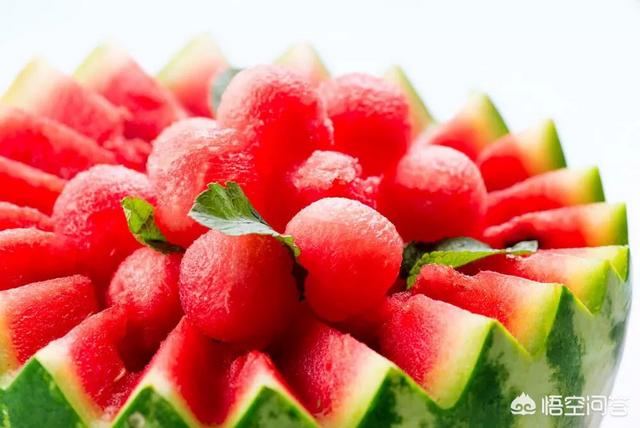
Watermelon is rich in nutrients, each 100g watermelon contains Protein 1.2g, carbohydrate 4.2g, fiber 0.3g, inorganic salt 0.2g, vitamin C 3mg, also contains a large amount of fructose, glucose, sucrase and citrulline, arginine, carotene, lycopene and so on.
How to eat watermelon during weight loss without gaining weight?
Control your own mouth, can not eat up no enough. People who want to lose weight, it is best not to eat watermelon before going to bed at night, if you eat too much before going to bed at night, it will make to insulin rise and promote fat synthesis. And eating watermelon rich in water content before going to bed is really easy to edema.During fat loss you can consume less low GI fruits, apples, peaches, cherries, sundried fruit, grapefruit.
It's best to eat watermelon without juice
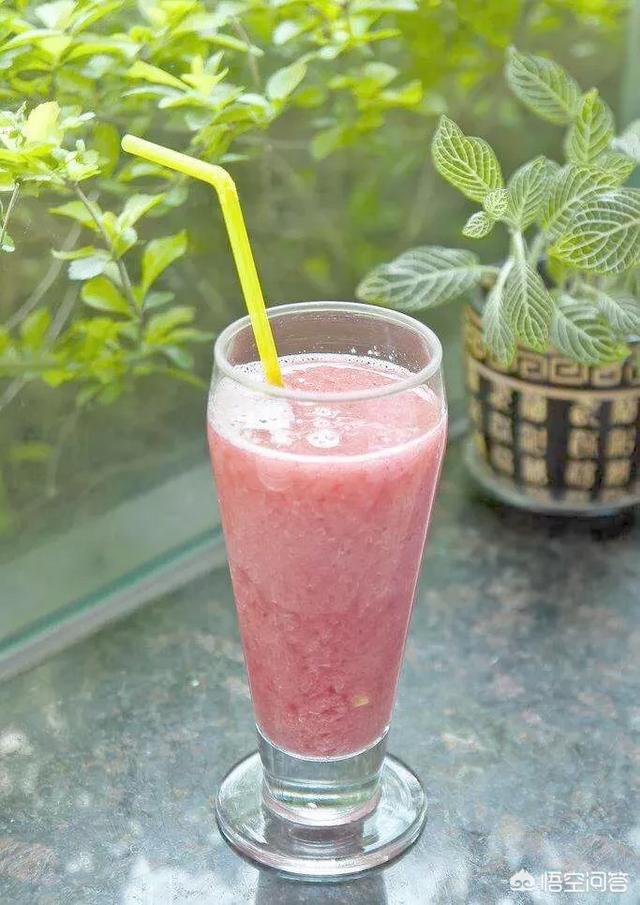
Juicing will destroy dietary fiber and minerals, which not only reduces nutrition, but also makes blood sugar rise very quickly, and watermelon juice is not recommended for diabetic patients
Eat less chilled watermelon
In summer, many people like to eat watermelon after putting it in the refrigerator to keep it cold. Don't eat watermelon immediately after taking it out of the refrigerator. Cold watermelon is very stimulating to the stomach, eating too much will cause damage to the spleen and stomach, resulting in indigestion and diarrhea. General people used to cut the surface of the watermelon with plastic wrap, in the refrigerator, then you eat before, be sure to remove the top layer, wrapped in plastic wrap on the surface, it is easy to breed bacteria, easy to cause gastrointestinal inflammation when consumed.
Author's Profile

About whether diabetic patients can eat watermelon, has been controversial. Sugar or to say that the cliché, if the blood sugar control is still okay, watermelon can be eaten in moderation, but if the blood sugar control is not good sugar friends, such as 2 hours after meal blood sugar soared to 11 or more, it is best not to eat watermelon.
The glycemic index GI value of watermelon is 72, which is very high when placed in fruits, but fortunately, the sugar content of watermelon is not high, and the general varieties are about 6%. Therefore, the glycemic load GL value of watermelon is not high, and sugar lovers can still eat some in moderation. The recommended serving size is 200 grams (with skin) or less at a time, and 500 grams (with skin) or less in a day. The best time to eat is between meals, try not to eat before or after meals.
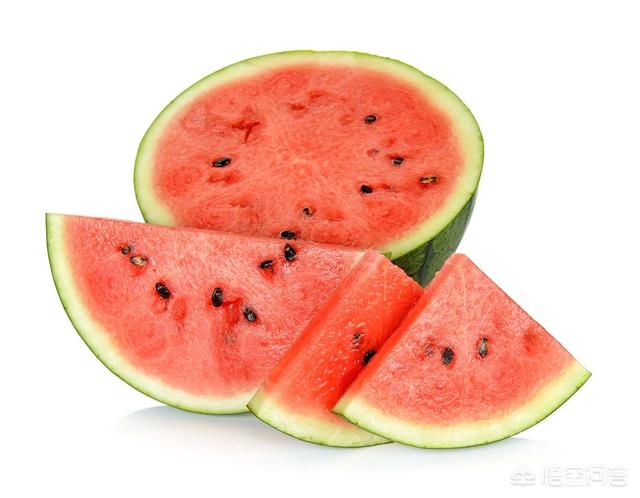
When eating watermelon, the center part has the highest sweetness and the highest sugar content, and the further to the edge of the rind, the sweeter it gets. There is also the light side and the shady side, generally not sunny side of the lower sugar content, sugar lovers can choose to eat the lower sugar content parts. In addition, the watermelon rind can also be eaten, can be cut into julienne used to stir-fry or cold, crisp and refreshing flavor.
Here is also a passing reference to watermelon juice, watermelon in the process of squeezing into juice, there will be a part of the nutritional loss, and the fruit juice is more easily absorbed by the body. In other words, watermelon juice is more likely to cause a rise in blood sugar than watermelon, so it is best for sugar lovers not to drink watermelon juice.
Remember to click a like after reading this~ Welcome to SugarManHealth.com!
Watermelon as a summer seasonal summer fruit, loved by people, however, the subject may have a misunderstanding, watermelon glycemic index is not low Oh, its glycemic index (GI) value is 72, is a high glycemic index food.
However, since watermelon is more than 93% water, it is possible for diabetics to eat watermelon in small quantities - how small? This involves another parameter that diabetics need to learn slowly, and that is the GL value - Glycemic Load.
Calculation of glycemic load:
GL=GI*carbohydrate content of food/100
Specifically for watermelon, GL=72*5.8/100 is about 4.2, in general, GL less than 10 is considered safe for blood glucose, if you eat 200 grams of watermelon, the GL is about 8.4, and 300 grams, it is more than 10, so diabetic patients can eat 200 grams of watermelon in a single sitting, the load on blood glucose is smaller, at the same time, it is particularly important to follow the food portion The principle of equal exchange, reduce the intake of half a portion of staple food (a portion of staple food is 25 grams of dry rice, noodles, and about 80 grams of white rice after cooking).
This calculation method, also applies to other single and double sugar content of high food, fruit contains sugar mostly glucose, fructose and sucrose, into the digestive tract, can be quickly absorbed, causing blood sugar fluctuations, like watermelon, such as, in addition to water is the sugar of the fruit, it is best to consume, the appropriate amount of supplemental dietary fiber, you can buffer the blood sugar fluctuations of the big.
Diabetic patients in the daily diet, pay attention to dietary diversity, if excessive restriction of the types of ingredients, the resistance to inflammation and the health of the body is not beneficial, because type 2 diabetes mellitus is a disorder of intestinal flora induced insulin resistance, which leads to glucose and lipid metabolism disorders of chronic metabolic diseases, the human body many vitamins are produced through the intestinal flora of the fermentation of the production of vitamins, so diabetic patients are prone to a lack of certain vitamins, diversification of the Diet, to alleviate these vitamin deficiencies have certain benefits.
However, it is always important to learn to determine the primary energy source of a food, whether it is a carbohydrate, or a fat, or a protein, and to eat A, reduce food B, which has the same energy source, in the current meal, and choose as many ingredients as you can according to your personal dietary preferences, so that you can protect your blood sugar safely and easily adhere to it.
Again, sugar lovers are reminded to structure their diets to include 14 grams of dietary fiber along with every 4,200 KJ of energy intake, as per the Dietary Guidelines for Adults with Diabetes.
To learn more about dietary interventions for type 2 diabetes, follow Infertility Bio by pressing the + on the right!
Of course there is a way, besides the glycemic index there is a better way to calculate it, which can solve your problem! Let's learn it together here!
The glycemic index (GI) reflects the rate and ability of a food to raise blood glucose compared to glucose, with low GI foods normally causing less fluctuation in blood glucose values and high GI foods causing more fluctuation in blood glucose values.
They are categorized as follows: GI>70 for high GI foods, GI in the range of 55-70 for medium GI foods, and GI<55 for low GI foods.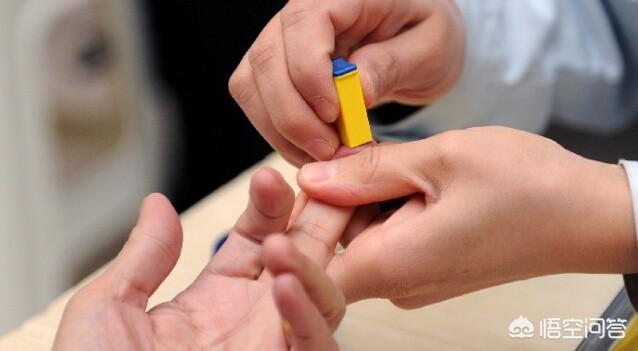
The glycemic index is not perfect, it simply reflects the rate and ability of the carbohydrates contained in a particular food to be converted into glucose, so the glycemic index alone doesn't mean anything, and even if it's a low number, it can still lead to an increase in blood glucose once you consume too much of it;
Thus was born another concept, the Glycemic Load (GL), which is a representation of how much a certain amount of food affects the body's blood sugar, meaning you can use it to calculate how much food you should eat and never worry about over-eating again.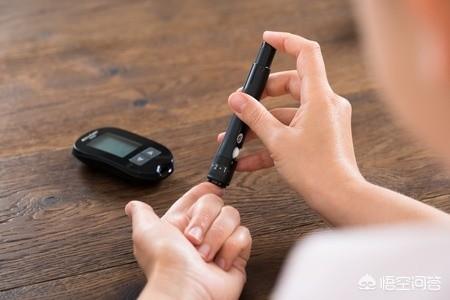
It is calculated as follows; the weight of actual available carbohydrates in the ingested food is multiplied by the glycemic index of the food and divided by one hundred.
A high GL was observed when the GL was greater than or equal to 20, suggesting that the corresponding weight of food consumed had a significant effect on blood glucose;
When the GL is between 10-20 it is a medium GL, suggesting that the corresponding weight of food consumed has an average effect on blood glucose;
The GL is low when it is less than or equal to 10, suggesting that the corresponding weight of food consumed has little effect on blood glucose.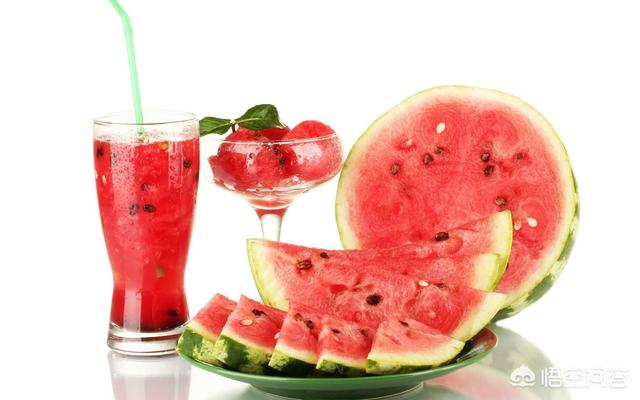
Here we use watermelon as an example; the GI of watermelon is 72, and its sugar content per 100 grams is 5.5, so we have to eat 4 taels (200 grams) of watermelon, we can calculate 5.5*200/100 = 11, this value is the amount of sugar in the 4 taels of watermelon, and then 11*72/100 = 7.92, this value is less than 10, that is, 4 taels of watermelon on your blood glucose effects It's not a big deal;
Let's continue to calculate, if you want to eat 12 taels of watermelon, that is, 600 grams, then how to calculate, as follows: First calculate its sugar content: 5.5 * 600/100 = 33, and then calculate the GL: 33 * 72/100 = 23.76, this value is greater than 20, that is, if you eat 12 taels of watermelon at one time, then you have begun to seriously affect your blood sugar level!
The respondent has been engaged in medical work for more than ten years, especially specializing in the diagnosis and treatment of common diseases in internal medicine, and is willing to popularize medical knowledge for you and pay attention to healthy life with you!
I'm Dr. Zhang from the Department of Emergency Medicine. Health science is published daily!
This question and answer are from the site users, does not represent the position of the site, such as infringement, please contact the administrator to delete.